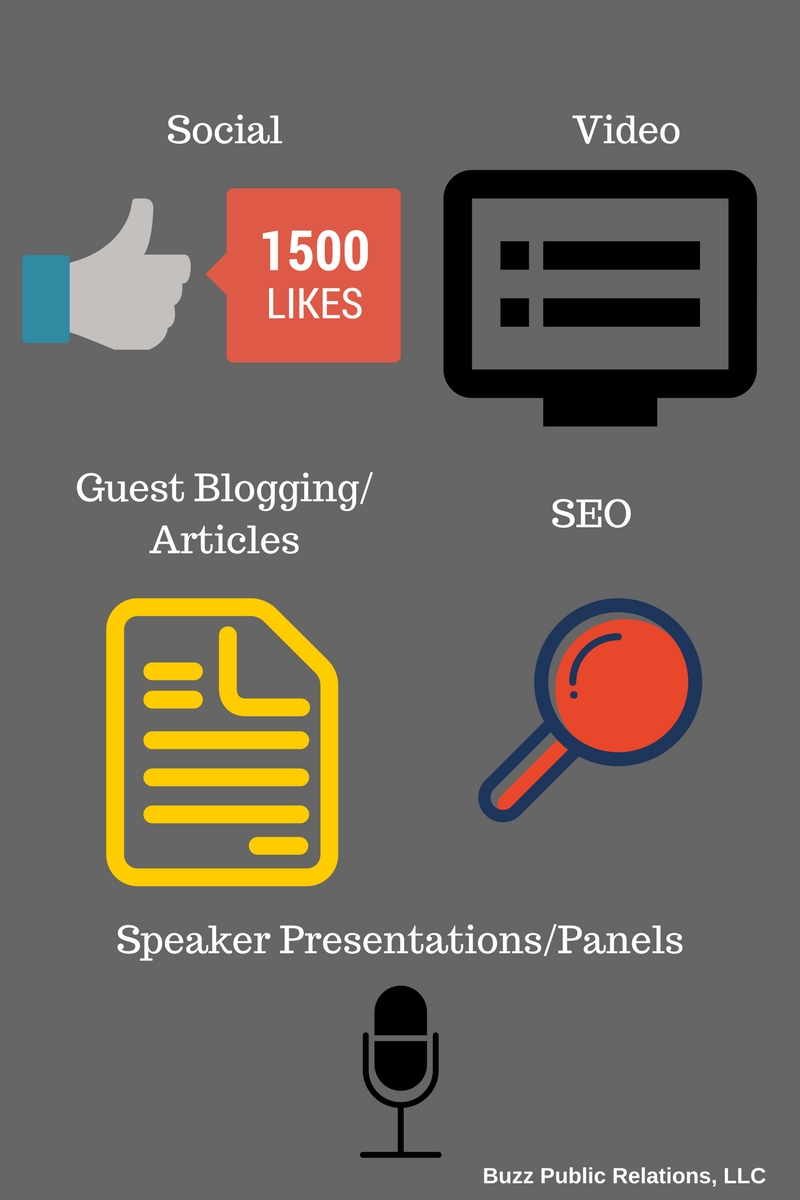Last week I had an extremely productive coffee meeting with a fellow communications colleague I’ve known for several years. We had lost touch, and decided it was time to reconnect and catch up. Our talk consisted all things Internet, the evolution of the buyer’s journey thanks to digital marketing, content marketing and public relations’ role in it all.
Public relations, as most know it to be, disseminates a company’s outbound message to a target audience(s) to raise awareness, build market creditability, establish thought-leadership, and help drive inbound leads to support the bottom line. However, as the marketing communications ecosystem evolves with traditional public relations integrating with digital marketing, content marketing, and inbound marketing—public relations professionals, including myself, are assertively taking time to learn and adapt their processes to fit the rapidly changing environment.
According to HubSpot, the definition of Inbound Marketing “is focused on attracting customers through relevant and helpful content and adding value at every stage in your customer’s buying journey.”
In other words, it’s about the customer finding you through a mixture of engaging and educational content across multiple platforms such as your blog, social media channels and search engines, to connect with buyers (aka target audiences) at each stage of the buying cycle.
The idea is that creating engaging and informative content like whitepapers, infographics, guest articles, eBooks, blog posts and the like will orient customers to your brand, attracting them with targeted, subtle marketing efforts aligned to their general needs and pain points, instead of more traditional methods of ‘outbound’ marketing such as ads or email blasts that deliver *to* your buyers.
Public relations strategies—bylined article placement, distributing newsworthy press releases to media influencers, and creating/posting blog content on your website for example—can easily align with inbound marketing efforts.
As mentioned above, social media, content marketing, and SEO are key components of inbound marketing that aim to achieve the same outcome as public relations: brand awareness, visibility, call-to-action; storytelling, educating and generating earned influence are huge when coupling public relations with inbound marketing.
Today’s buyers are demanding a more personalized, customized relationship with the businesses they buy from—a big reason why inbound marketing is successful and taking the forefront. Public relations is, and has always been, built on this kind of demand. It’s always been about getting the public to pay attention to a brand that is earned, authentic, credible, with a thought-leadership voice to gain influencer buy-in whether that be media, customers, or the public. This is where establishing solid value propositions play a critical role–every company needs them. We shared how to develop these value propositions in a recent blog post.
Think of it this way: Integrating public relations with inbound marketing go together like peanut butter and jelly or milk and cookies or Sonny and Cher! To put it simply, public relations raises awareness of a brand to drive leads (earned), while inbound marketing builds a community around that brand to convert those leads into customers (owned).
And let’s not forget the gem of it all—analytics. Because analytics, social metrics, and lead tracking are all key components of inbound marketing strategies, tracking the success of your PR campaigns has become easier to measure and report on your campaign value.

